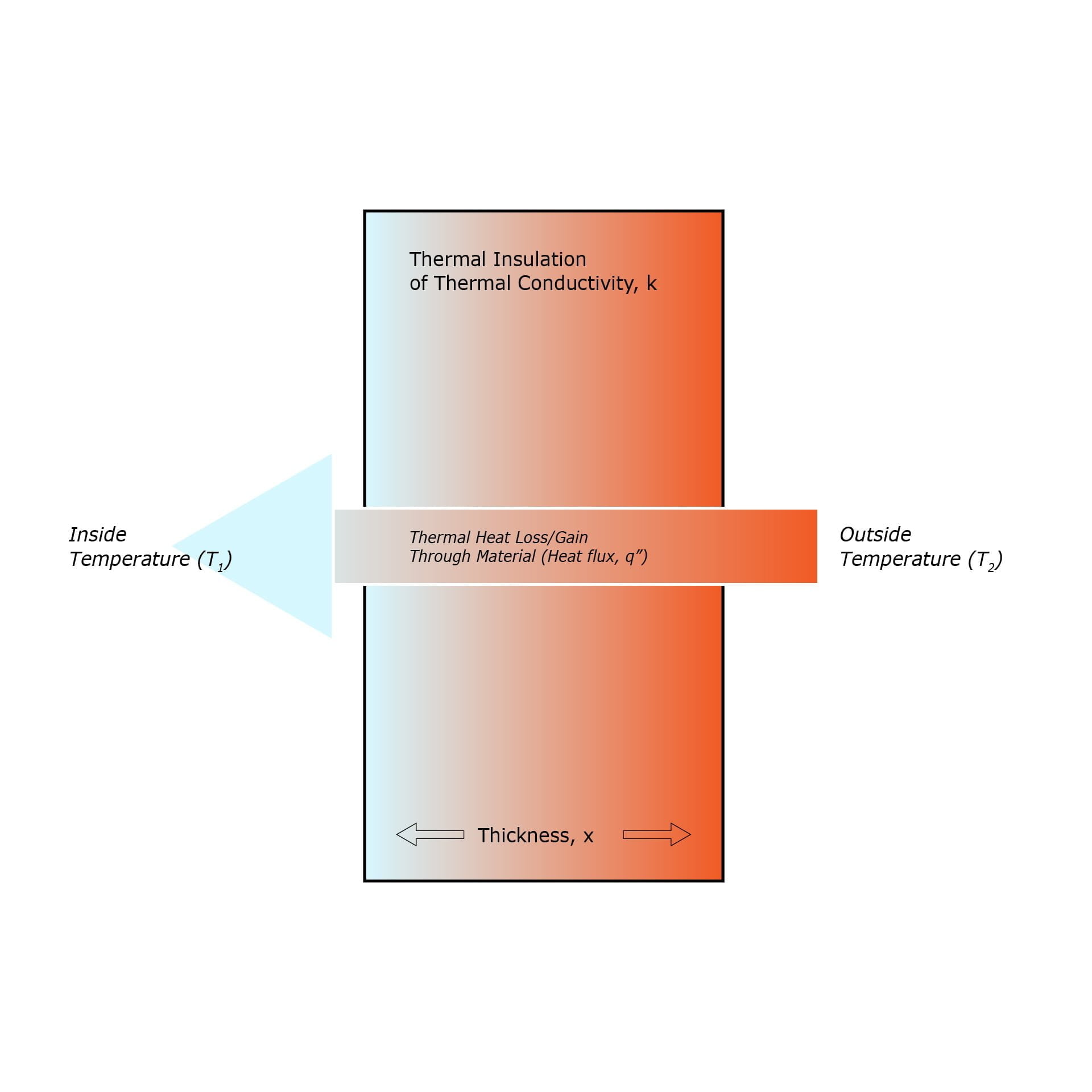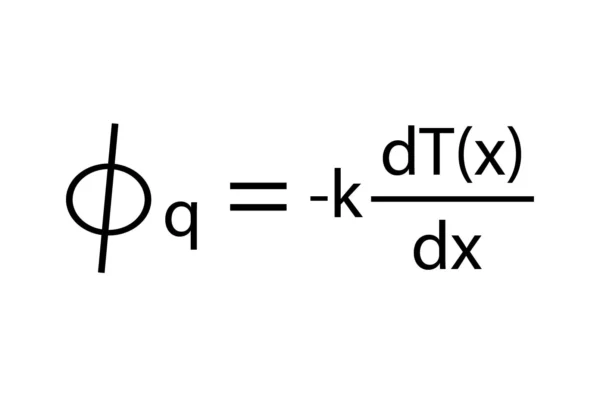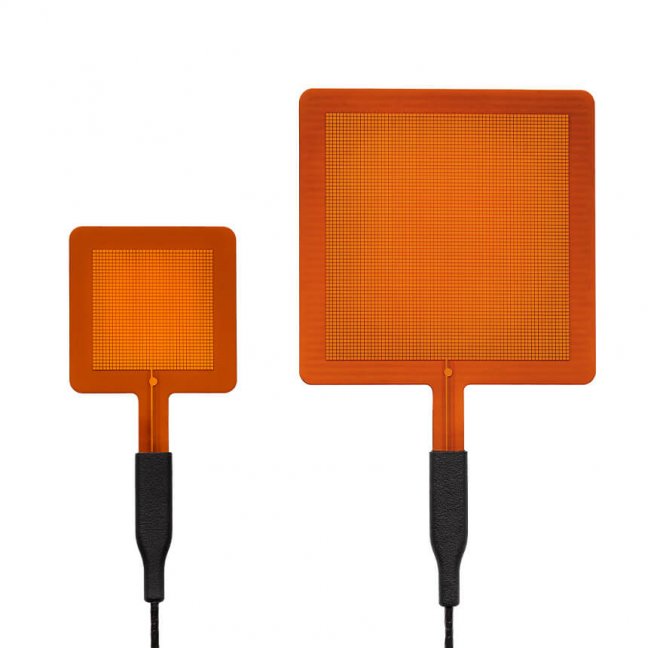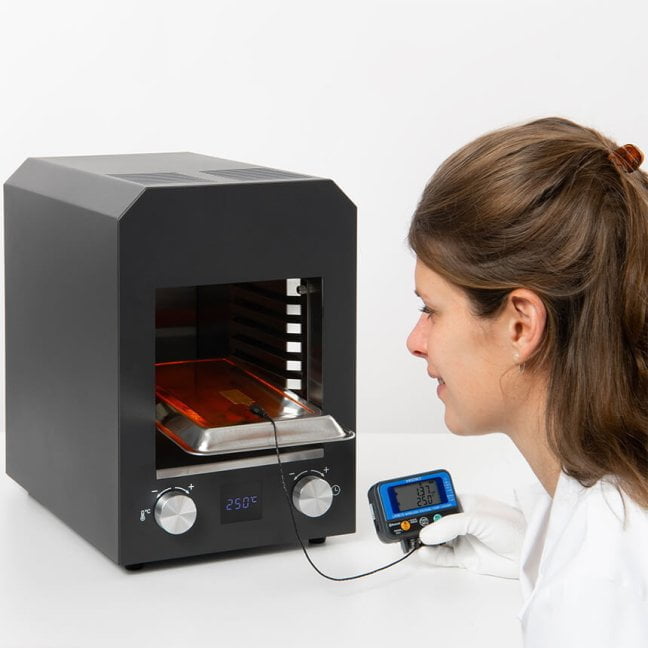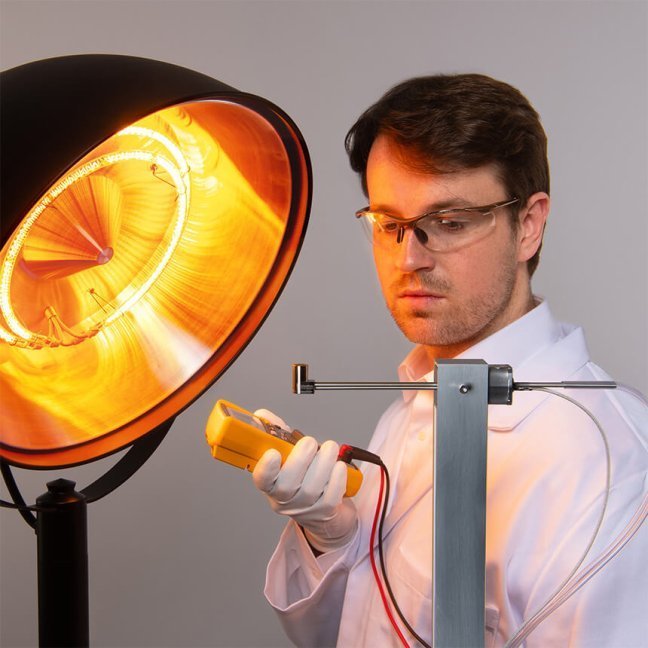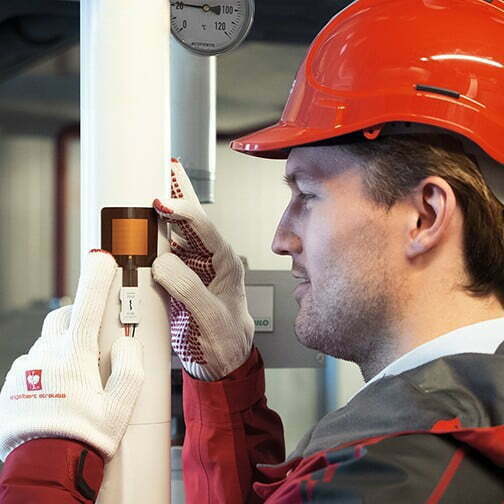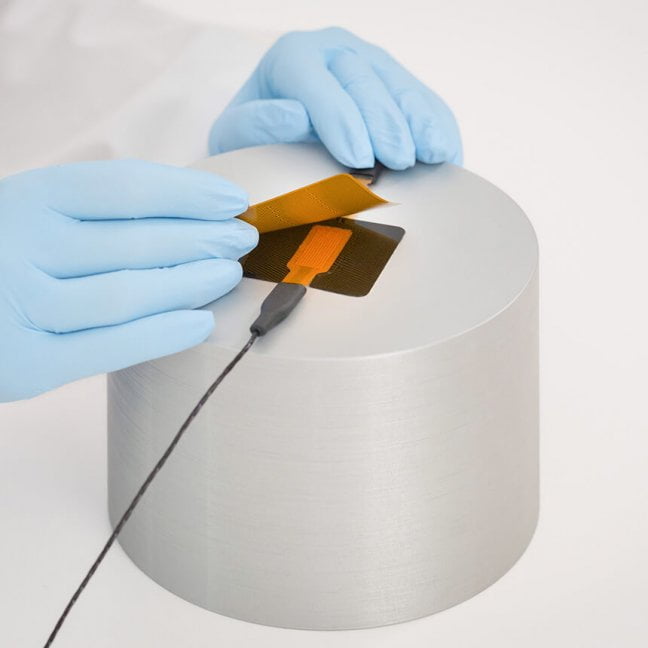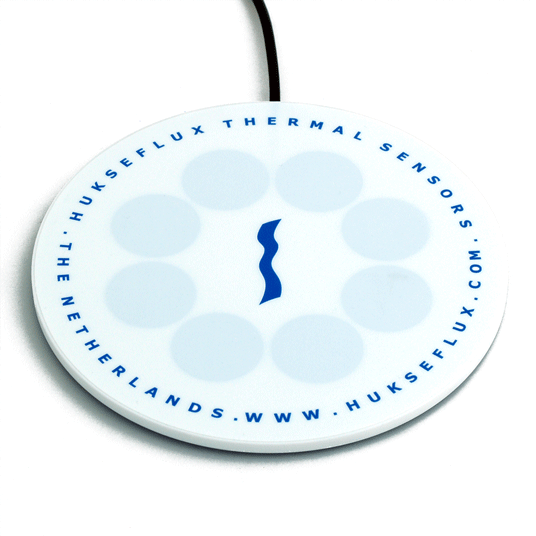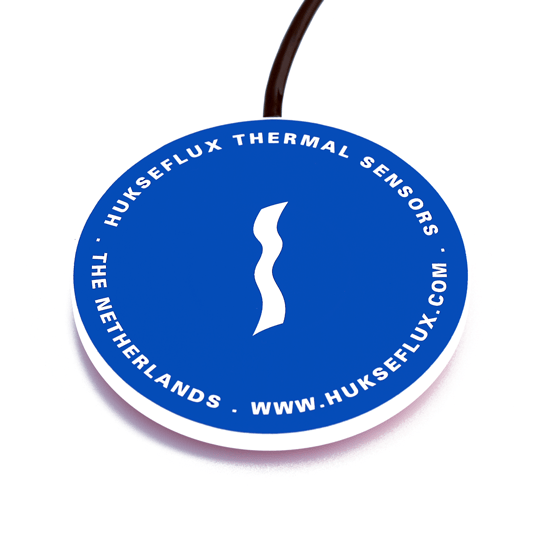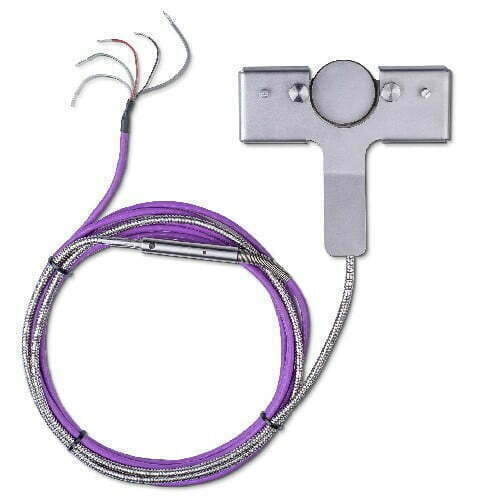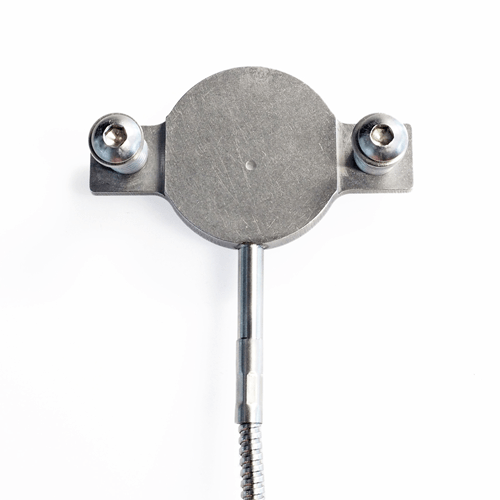What is Heat Flux?
Introduction
First we need to know the basics.
What is Heat?
Heat is simply the transfer of energy from a higher temperature object to a lower temperature object. As cited from Michael E. Browne, PhD, heat is the energy transferred between a system and its surroundings because of their temperature difference. For example, if you touch someone’s hand and it’s cold, you are transferring some of your heat from your hand to theirs. We produce heat (body heat) from calories.
What is Flux?
In this context flux is the process of traveling or passing through a surface or substance.
Heat Flux
So what is heat flux?
What is Heat Flux?
Heat flux or thermal flux, also known as heat flow density, is the rate at which heat is transferred per unit area, per unit time, through an object or substance, usually from a hotter to a colder area. It is typically measured in watts per square meter (W/m²) and is a measure of the energy flow through a material or system. Understanding heat flux is important in a wide range of applications, including thermal management, energy efficiency, and heat transfer.
Understanding Heat Transfer
What are the three types of heat transfer?
Heat transfer is the transfer of thermal energy from one body to another. This can happen through three primary mechanisms: conduction, convection, and radiation. The rate of heat transfer, represented by the symbol Q, is the amount of heat that flows per unit of time. This flow of heat can be measured in various units, but one common unit is Btu/hr. This unit is often used in industrial applications where heat transfer rates are critical to the operation of machinery and systems.
- Conduction is the transfer of heat through a material by the collision of atoms and molecules. The atoms and molecules in a material can absorb and transfer heat energy through collisions with neighboring atoms and molecules.
- Convection is the transfer of heat through a fluid, such as a liquid or gas. Heat is transferred through the fluid by the movement of the fluid itself.
- Radiation is the transfer of heat through electromagnetic waves. This is the mechanism by which heat is transferred through space, such as from the sun to the earth.
Heat Flux Formula
The heat flux formula is best described as Fourier’s Law: q = -λΔT/Δx = -0.8 * 20 / 0.35
The rate of heat transfer, represented by the symbol Q, is the amount of heat that flows per unit of time. This flow of heat can be measured in various units. This unit is often used in industrial applications where heat transfer rates are critical to the operation of machinery and systems.
| q | = | heat flux |
| k | = | thermal conductivity |
| T | = | temperature |
Heat Flux vs Heat Flow
The difference between heat flow and heat flux
Heat flow is the generation and exchange of thermal energy between physical systems. Heat flux is the flow of energy per unit of area, per unit of time.
The difference between heat flux and convection
Heat flux is a measure of the rate of heat transfer per unit area, while convection is a mode of heat transfer that occurs when a fluid is heated and rises, and as it cools, it sinks, leading to a continuous transfer of heat. In other words, heat flux is a scalar quantity that describes the flow of heat through a material, while convection refers to the movement of heat in a fluid, typically caused by differences in density.
Flux Units
What are Flux Units?
Flux units refer to the units used to measure the rate at which heat energy is transferred through a surface per unit area. The most common units of heat flux include watts per square meter (W/m2) and British thermal units per square foot per hour (Btu/ft2-hr).
Heat Flux Units
What are Heat Flux Units?
A flow of energy per unit of area per unit of time is known as heat flux or thermal flux. It is also known as heat flux density, heat-flow density, or heat flow rate intensity. Watts per square meter (W/m2) are the SI units. It is a vector quantity since it has both a direction and a magnitude.
Measuring Heat Flux
So how do we measure heat flux?
Heat flux can be measured using a variety of methods, depending on the specific application. Some common methods include:
- Thermocouples are devices that measure the temperature difference between two points. They can be used to measure heat flux by placing a thermocouple on one side of a material and measuring the temperature difference between the thermocouple and the other side of the material.
- Heat flux sensors are specialized devices that are designed specifically to measure heat flux. They typically include a heat-sensitive element, such as a thermocouple or thermistor, that is in contact with the material or system being measured.
- Infrared imaging can also be used to measure heat flux. Infrared cameras can detect the temperature of a material or system and can be used to create a thermal map that shows the distribution of heat.
Heat flux can be used in a variety of applications. Some common applications include:
- HVAC Systems
- Energy conservation and management in buildings
- Automotive thermal management
- How Heat Flux Measurement Helps us Understand Batteries
- Thermal insulation and building envelope performance
- Quality control in manufacturing and materials testing
- Biomedical research and medical device development
Related Article
Stay up to date with the industry.

